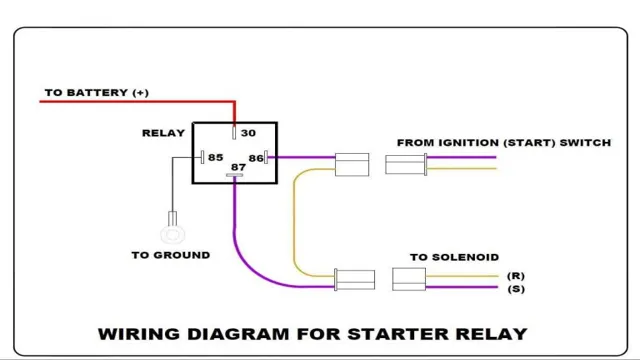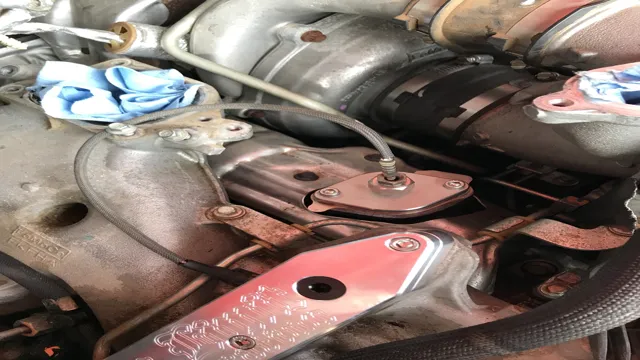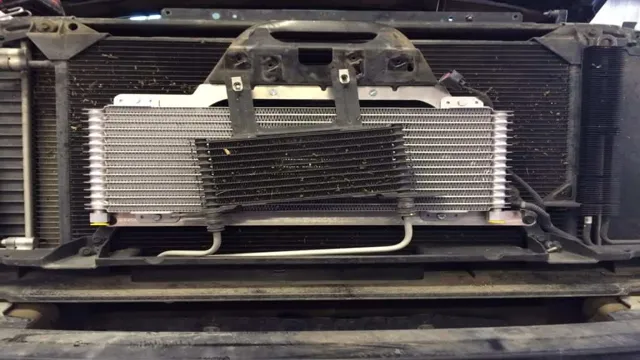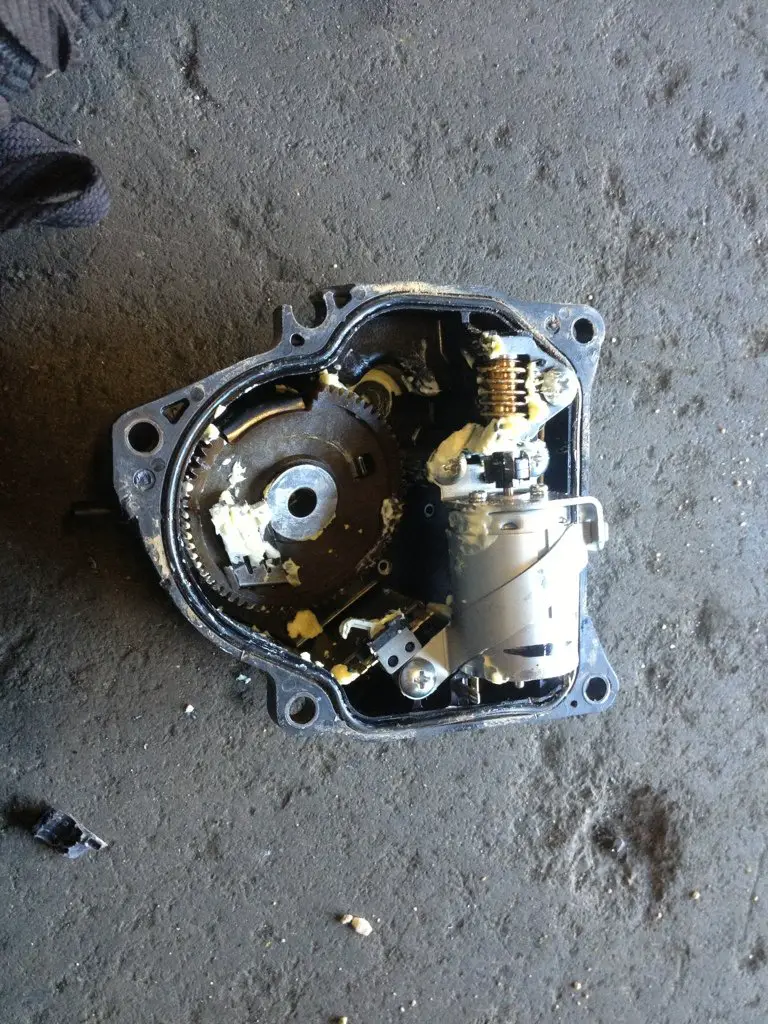Mastering the Art of Jumpstarting a Starter Relay with These Simple Steps
Jumping a starter relay is a necessary procedure that every car owner may need to know. Have you ever found yourself in a frustrating situation where your car won’t start? You turn the key, but nothing happens. Before calling a tow truck or spending money on expensive repairs, you might be able to solve the problem yourself by jumping your starter relay.
A starter relay is a small electrical component that connects the battery to the starter motor. It sends electrical power to the starter when you turn the key, allowing the engine to start. In this blog, we’ll explain what a starter relay is, how it works and, most importantly, how to jump it and get your car back on the road.
So, buckle up, and let’s dive into the world of starter relays!
What is a Starter Relay?
If your car won’t start, the problem could be with the starter relay. This small electromechanical switch acts as a bridge between the car battery and the starter motor. When you turn the ignition key, the starter relay sends a signal to the starter motor, which then cranks the engine and starts the car.
If the starter relay fails, you may hear a clicking sound when you turn the key, but the engine won’t start. To jump a starter relay, you’ll need a jumper cable and another car. First, make sure both cars are turned off and the jumper cable is properly connected.
Then, connect one end of the jumper cable to the positive (+) terminal of the dead car’s battery and the other end to the positive (+) terminal of the working car’s battery. Next, connect one end of the second jumper cable to the negative (-) terminal of the working car’s battery and the other end to a metal part of the dead car’s engine block. Finally, turn on the working car and let it idle for a few minutes to charge the dead car’s battery.
Then, try starting the dead car again. If it still won’t start, the problem may be with the starter motor or other components of the car’s electrical system.
Description and Function
A starter relay is a device that plays a key role in starting a vehicle’s engine. It is responsible for completing the electrical circuit between the battery and the starter motor, which initiates the engine’s ignition process. When the driver turns the key in the ignition, the starter relay receives an electrical signal from the ignition switch and then activates the starter motor.
The starter motor, in turn, causes the engine to crank and ignite. The starter relay is a critical component of a vehicle’s starting system, and without it, the engine would not start. Think of it as a gatekeeper that controls the flow of electricity and ensures that the engine only ignites when it’s supposed to.
So, next time you start your car, remember that the starter relay is working hard behind the scenes to make it happen.
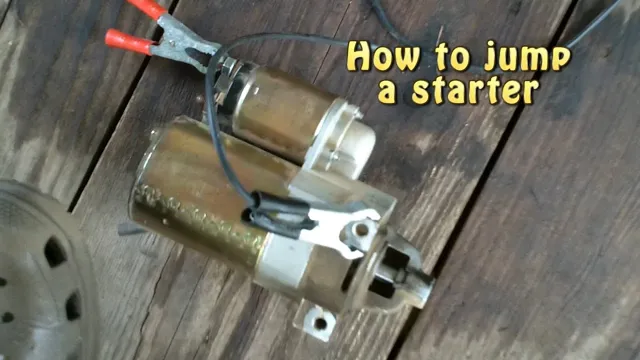
When Should You Jump a Starter Relay?
Jumpstarting a starter relay is something that may be necessary in certain situations when starting a vehicle. A starter relay is an electrical component responsible for transmitting electric power from the battery to the starter motor of the vehicle. If the starter relay fails or malfunctions, then the vehicle might not start.
In some cases, it is possible to jumpstart the starter relay to get the vehicle moving. You may need to jumpstart the starter relay if you hear a clicking sound when trying to start the vehicle or if the battery is fully charged, but the vehicle won’t start. When jumpstarting the starter relay, it is important to follow the correct procedure for your make and model of vehicle to avoid any further complications.
By applying the correct technique, you can jumpstart the starter relay and resolve the issue with your vehicle.
Signs of a Bad Starter Relay
Signs of a Bad Starter Relay If your car is having trouble starting, it could be due to a faulty starter relay. Signs of a bad starter relay include a clicking noise when you turn the key, a slow or hesitant start, or no response at all when you attempt to turn on your vehicle. Other symptoms may include intermittent starting problems or the engine starting, but then quickly shutting off.
Jumping a starter relay may be a temporary solution to get your car started, but it is not a permanent fix and should not be relied upon for a long-term solution. It is important to have a faulty starter relay addressed by a professional mechanic as soon as possible to avoid further potential issues with your vehicle’s starting system.
Safety Measures Before Attempting Jump
Jumping a starter relay can be a daunting task, but there are a few safety measures you should take before attempting to do so. First and foremost, make sure the ignition is turned off and the keys are removed from the vehicle. This will prevent any accidental starting of the engine while you work.
Additionally, be sure to wear protective gear such as gloves and safety glasses in case of any sparks or electrical damage. It’s also important to identify the correct relay before proceeding, as jumping the wrong one can cause serious damage to your vehicle’s electrical system. With these precautions in mind, you can safely attempt to jump your starter relay and get your car back on the road.
Remember, when in doubt, it’s always best to consult a professional mechanic.
How to Jump a Starter Relay?
Jumpstarting a starter relay may sound complicated, but it’s actually a pretty straightforward process that can save you from a lot of headaches. First, you’ll need to locate the starter relay. It should be in the engine compartment, usually near the battery.
Then, you’ll need to find a metal object to use as a jumper. A screwdriver or a piece of wire will work just fine. Next, you’ll need to connect one end of the jumper to the positive terminal on the battery and the other end to the terminal on the starter relay.
This should bypass any issues with the starter relay and allow you to start the car. However, it’s important to note that jumping a starter relay is only a temporary fix and doesn’t address any underlying issues that may be causing the problem. If your car continues to have starting issues, it’s best to take it to a professional mechanic to diagnose and repair the problem.
Step by Step Process
Jumping a starter relay can be a fairly straightforward process if you know what you’re doing. The first step is to locate the relay; typically, it’s located in the engine compartment near the battery or the fuse box. Once you’ve found it, grab a set of jumper cables and connect one end to the positive terminal of the battery and the other end to the positive terminal of the relay.
Then, using a small piece of wire, connect the negative terminal of the battery to the negative or ground terminal of the relay. This will essentially bypass the relay and allow electrical current to flow directly to the starter, which should start the vehicle. It’s important to exercise caution when jumping a starter relay and remember that it’s a temporary solution.
If your vehicle has repeated issues with the starter relay, it’s best to have a professional mechanic diagnose and fix the underlying issue. Overall, jumping a starter relay can be a quick and easy fix in a pinch, but it’s important to proceed with caution and not rely on it as a long-term solution.
Tools Required for the Process
Jumping a starter relay can be a quick and easy solution to a car that won’t start. The first step is to gather the necessary tools, which include a set of pliers, a jumper wire, and a test light. Once you have these tools, locate the starter relay- it’s typically found near the battery.
Turn the ignition key to the “on” position and use the test light to check if there is power in the relay. If there isn’t any voltage, use the pliers to remove the relay. Next, insert one end of the jumper wire into the relay socket and the other end into the battery’s positive terminal.
Lastly, insert the relay back into the socket and turn the ignition key. This should start the engine. Jumping the starter relay is a simple method to start your car, but it’s essential to remember that it is only a temporary fix.
It’s recommended that you replace any faulty parts recommended by your mechanic to avoid future issues.
Conclusion
In conclusion, jumping a starter relay is like giving an electric shock to your car to wake it up and get it running. With just a few simple steps and a little bit of courage, you can bring your car back to life and hit the road again. But remember, just like with any electrical procedure, safety is key.
So don’t forget to wear gloves and keep a fire extinguisher close by, just in case. Happy jumping!”
Benefits of Jumping a Starter Relay
Jumping a starter relay can come in handy when diagnosing a problem with your vehicle’s starter system. It will help you determine whether the issue lies with the starter itself or the relay. The first step is to locate the starter relay, which can be found in the engine compartment or under the dashboard.
If you’re unsure about its location, refer to your vehicle’s manual for guidance. Once you’ve located the relay, remove it from the vehicle and connect a jumper wire between the two connections that are responsible for powering the starter motor. Doing so will bypass the relay and send power directly to the starter, allowing you to determine whether the issue lies with the relay or the starter.
Jumping a starter relay can save you time and money spent on towing fees and costly repairs, making it a valuable technique to have in your arsenal.
Final Thoughts
If you’re wondering how to jump a starter relay, the good news is that it’s not as complicated as it may sound. First and foremost, it’s important to understand what a starter relay is and why it’s important. This small device controls the flow of electricity between your car’s battery and starter motor, allowing your engine to start.
If your starter relay is faulty or not working at all, then your car won’t start. To jump a starter relay, you’ll need a few tools and some basic knowledge of how electricity works. First, you’ll need to locate the starter relay, which is typically found in the engine compartment or under the dashboard.
Once you’ve found it, you’ll need to identify the two terminals that connect to the battery and starter motor. To jump-start the relay, you’ll need to use a jumper wire to connect these two terminals. This will create a direct circuit between the battery and starter motor, allowing your engine to start.
It’s important to use caution when working with electricity, so make sure to wear gloves and follow all safety precautions. In conclusion, jumping a starter relay is a simple process that can save you time and money in the long run. However, if you’re not comfortable working with electricity or aren’t sure what you’re doing, it’s always best to seek the help of a professional mechanic.
By following these steps and taking the necessary precautions, you can get your car running again in no time.
FAQs
What is a starter relay and how does it work?
A starter relay is an electrical component that controls the flow of power to the starter motor. When the ignition key is turned to start the engine, the starter relay receives a signal from the ignition switch and sends power to the starter motor, which helps to turn the engine over.
How can I tell if my starter relay is bad?
There are several signs that your starter relay may be bad. These include a clicking noise when you turn the ignition key, no response at all when you turn the key, or a slow cranking sound from the engine. You can also test the relay with a multimeter to see if it’s functioning properly.
Can I jump my starter relay to start my car?
Yes, it is possible to jump a starter relay to start your car. However, this should only be done as a temporary fix, as it can be dangerous and cause damage to your car’s electrical system. To jump the relay, you will need to connect the two terminals using a jumper wire or screwdriver.
Should I replace my starter relay if it’s not working properly?
Yes, it’s important to replace a faulty starter relay as soon as possible to avoid further damage to your car’s electrical system. If you’re not comfortable performing the replacement yourself, it’s best to take your car to a mechanic for professional assistance.

